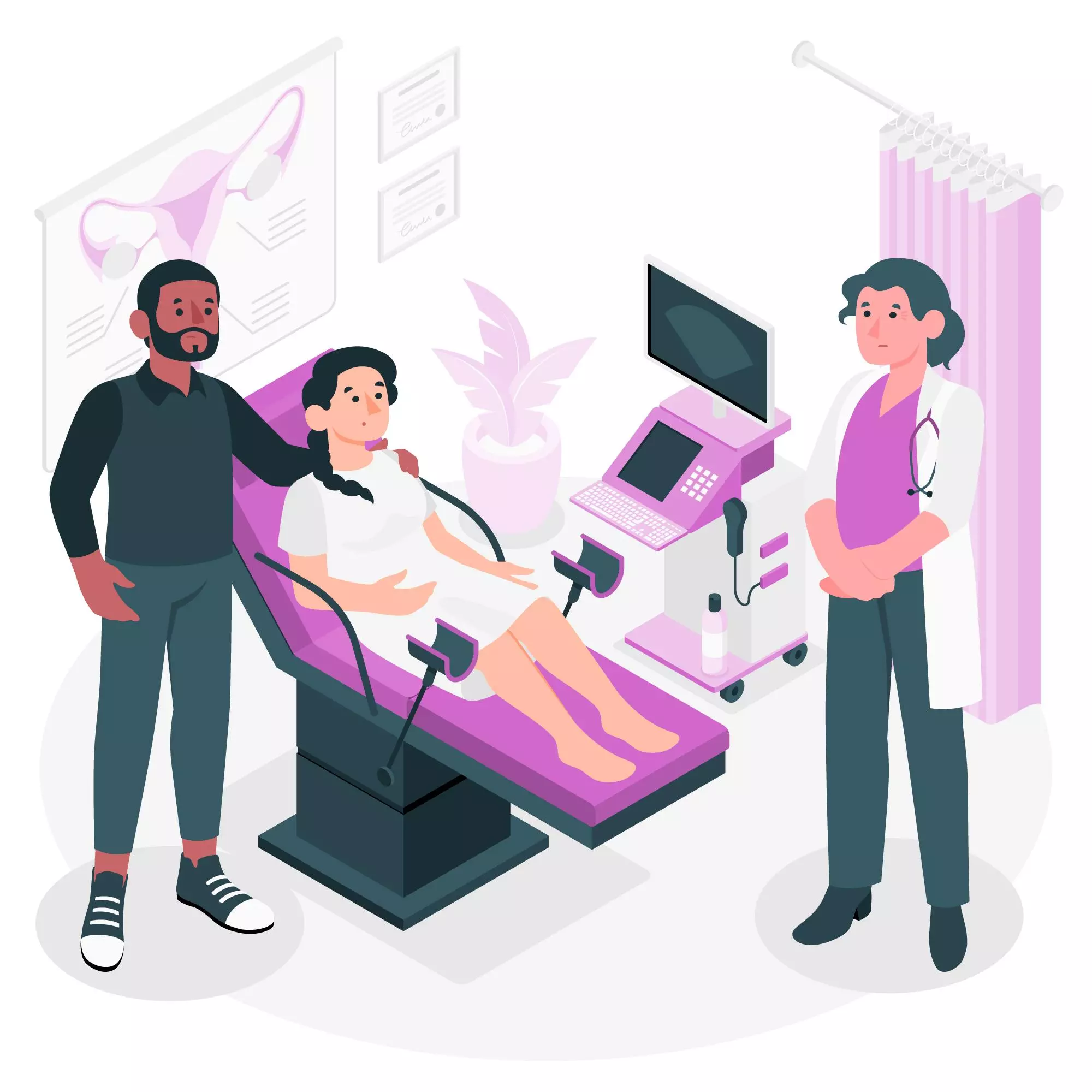Indira Behara | Time to expand women’s right to make choices about abortion

Once again, reproductive rights are in the news — this time in the United States where the Supreme Court is hearing cases that seek to restrict access to one of the pills (Mifepristone) that is used for medical abortions.
While we hope for a favourable outcome that protects women’s access to safe abortions, at least we can look back with relief to a few weeks ago, when the French Parliament voted with an overwhelming majority to guarantee a woman’s right to choose whether or not she wants to continue her pregnancy, as a constitutional right.
Many countries around the world allow abortion on request — some in Europe grant it all the way up to 24 weeks of gestation: around the world from countries in South America, across Africa and to many in South and Southeast Asia, laws have liberalised to protect women’s bodily agency and autonomy. In India, the Medical Termination of Pregnancy (MTP) Act has been around since 1971, and at the time was revolutionary. Recent amendments of 2021 provided much-needed reform to the MTP Act, helping it evolve with the times. To paraphrase:
n Abortions are allowed up to the gestational age of 20 weeks on the opinion of just one medical practitioner (formally trained in obstetrics and gynaecology).
n Abortions may be considered and opined on by at least two registered medical practitioners for pregnancies between 20 and 24 weeks occurring in minors, rape or incest victims, and other vulnerable women (like those that are differently-abled).
n For abortions beyond 24 weeks, a state-level medical board must be constituted to decide whether or not there are significant foetal abnormalities and it can be permitted.
n A woman’s confidentiality must be protected and her details cannot be revealed except to a person authorised by law.
Importantly, while the earlier MTP Act focused on married women, the amendments recognise the needs of “any woman”. Anecdotes seem to suggest that in cases crossing the 20-week mark, the process for constituting boards is swift and, medical or judicial, decisions are expedited.
The MTP Act, while useful, is still however set not in the context of gender justice and the rights of a woman, but more as a response to protecting physicians that seek to do their job, leaving the decision-making, especially after 20 weeks, in the hands of providers, and later the courts. There have been landmark judgments that work in favour of women such as that from the country’s highest court which has equated a woman’s reproductive choices with her personal liberties and her right to privacy, dignity and bodily integrity. There have been some supportive judgments from various high courts; there have been others that were unfavourable which were appealed and overturned in the Supreme Court. And there have been those, which have adjudicated that a woman must carry through a pregnancy because that is what was decided for her by the treating physicians, and not by her own volition.
It is telling that despite its best intentions, our current approach to abortion leaves much to be desired. Unsafe abortions continue to occur in significant numbers, causing morbidity, and is the third leading cause of all maternal deaths in India. Stigma and a lack of awareness, both of their bodies and their rights, as well less than optimal usage of modern contraceptive methods in our country still result in nearly half of all pregnancies being unintended. Access to comprehensive healthcare services in many parts of the country can be difficult for women: We are still far from women having true decision-making power and freedom.
Undeniably, the public health system and its policies continue to evolve to improve the situation, but perhaps there are considerations that could be made given the supply side bottlenecks and how the delivery of healthcare has evolved. The World Health Organisation’s guidelines allow access to medical (non-surgical, non-invasive) abortions up to 12 weeks of gestation (this is approximately 12 weeks from the last menstrual period or roughly 10 weeks after conception). Is there scope for India to review the nine-week limit for medical abortions in its current guidelines since it is more convenient and less invasive?
Access to trained providers who are legally authorised to terminate a pregnancy (medical or surgical) is limited — and we must find ways to open up early access to medical methods.
Could encouraging the use of telemedicine services, and remotely reviewed ultrasounds particularly in underserved areas — be the answer?
One of the greatest barriers of all is limited awareness that people have about their health and related rights, compounded with the ensuing stigma when it comes to sexual health. This will require more effective awareness and education programmes with simple and informative public health messaging around reproductive health, contraceptives, and abortion care. How can we aid physicians, healthcare workers, community leaders and women’s collectives and networks to even out the information asymmetry that persists?
We have come a long way — but we do have some distance to go both with respect to our health system and our policies. As a physician and woman, I believe we must go much further to ensure that the decision-making about any woman’s body rests in her hands. I too would like the letter of the law to more definitively protect my right to choose, and my right to life and freedom.

